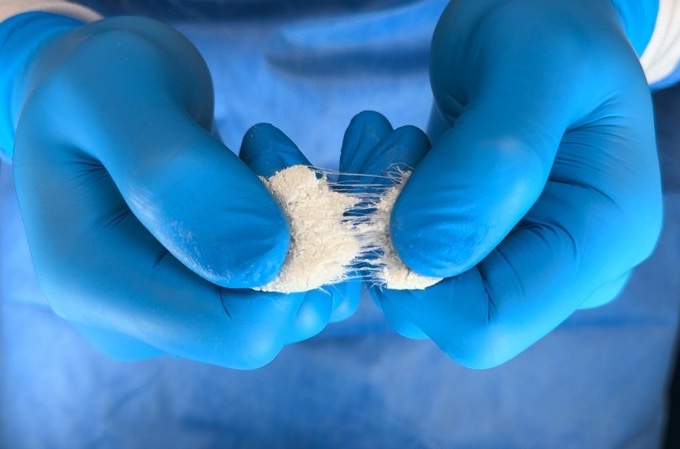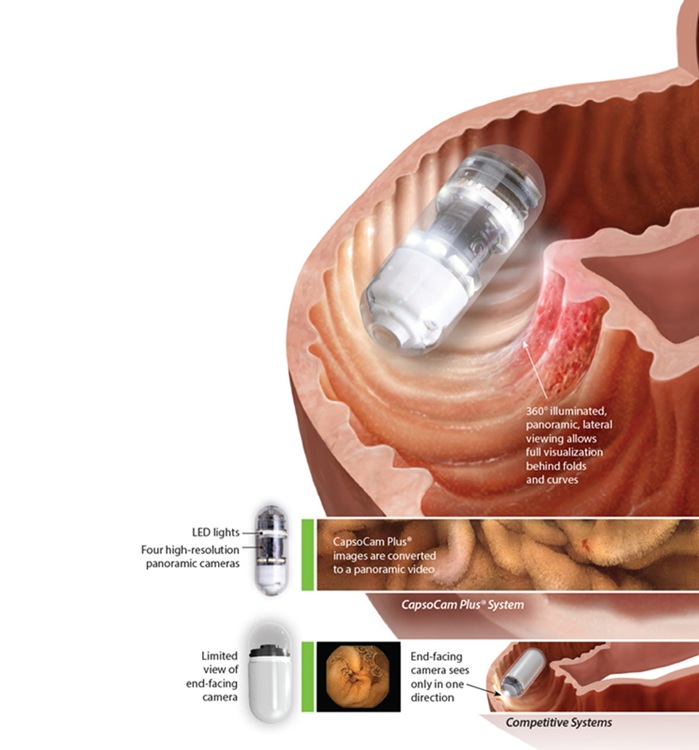Synthetic Material for Use in Spinal Surgery to Revolutionize Bone Graft Technology
Posted on 20 Jan 2025
Orthopedic surgeries have seen remarkable advancements in recent decades, particularly in the field of bone graft substitutes. These substitutes are essential in aiding bone regeneration and repair, providing an alternative to traditional methods that often involve harvesting bone from other parts of the patient's body. As the demand for orthopedic procedures continues to rise, there has been an ongoing push for more innovative and effective bone grafting techniques. In a significant advancement in bone graft technology, a groundbreaking product offers a stand-alone solution, equivalent to autograft for spine surgeries, including applications in interbody fusion cages, disc spaces, and posterolateral fusions.
SurGenTec’s (Boca Raton, FL, USA) OsteoFlo HydroFiber utilizes Web Interlace Technology, which suspends particles within its fibers to prevent graft migration while maintaining optimal cohesiveness and flowability. This innovative product features hydrophilic bonds and proprietary fibers that absorb saline, blood, or bone marrow aspirate, forming a strong platform to support the healing process. OsteoFlo HydroFiber is a disruptive advancement in orthopedic and spine surgery, offering surgeons an effective synthetic bone graft option that could improve patient outcomes.

The product can be used alongside SurGenTec’s delivery device, the Graftgun, for efficient backfilling of interbody cages—offering a significant improvement over traditional funnel methods. OsteoFlo HydroFiber provides a state-of-the-art alternative to human tissue, reducing risks associated with allografts, such as donor variability, disease transmission, and storage complications. By eliminating the need for autograft harvesting, it reduces surgical time and minimizes the potential for painful recovery, leading to better patient outcomes. With OsteoFlo HydroFiber, surgeons can perform fusions using a stand-alone bone graft solution, eliminating the reliance on autografts. This product establishes a new benchmark in bone graft technology, empowering healthcare providers to offer advanced care to their patients. OsteoFlo HydroFiber has received FDA 510(k) clearance and is set for official launch in early 2025.
“This product is set to revolutionize bone graft technology,” said Travis Greenhalgh, CEO and founder of SurGenTec. “OsteoFlo HydroFiber provides a novel, customizable solution for surgeons, tailored to both anatomy and procedure type. Physicians are familiar with the handling characteristics of fiber-based allograft products, and we are proud to introduce a synthetic option designed to accelerate healing without the risk of human allograft tissue.”
Related Links:
SurGenTec














